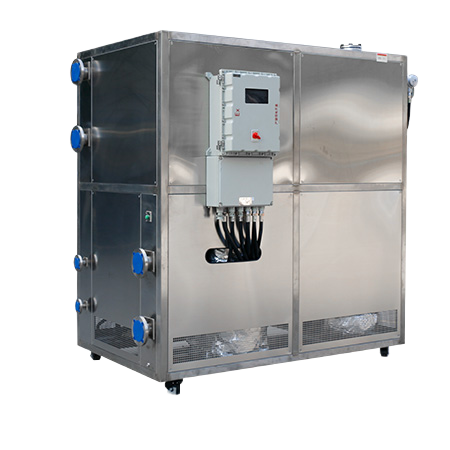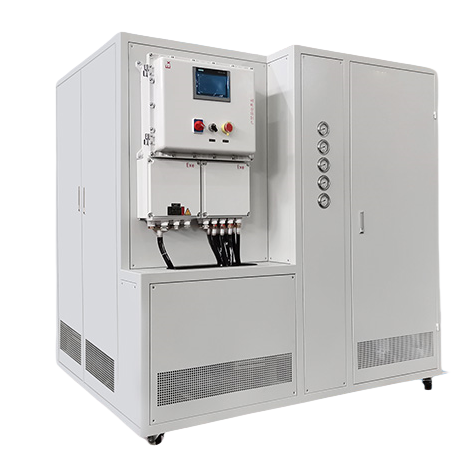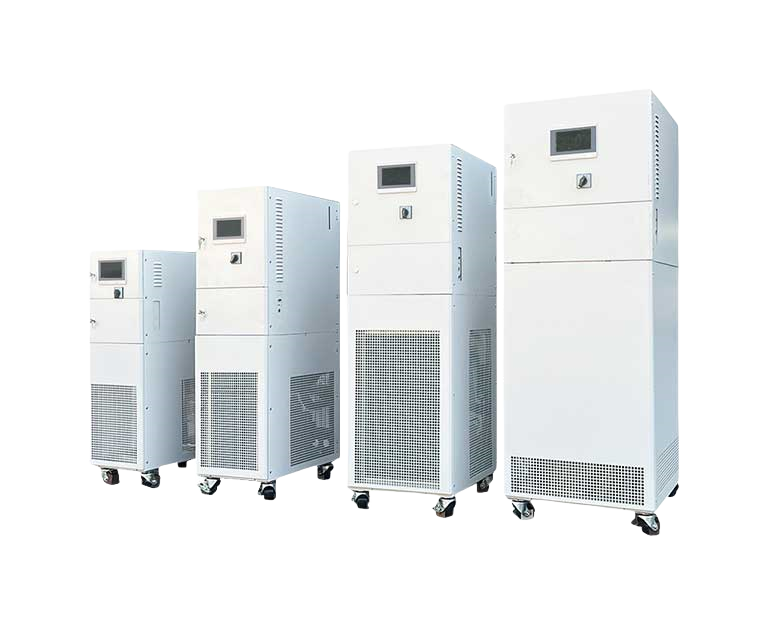TCU
TEMPERATURE CONTROL UNIT
REACTORS COOLING HEATING
TCU temperature control system integrates existing thermal energy (such as steam, cooling water, and ultra-low temperature liquids – the “primary system”) infrastructure into a single fluid system or secondary loop used to control the temperature of process equipment. This completes the flow of only one type of heat conducting liquid into the jacket of the reaction vessel (instead of directly introducing steam, cooling water, or ultra-low temperature liquid), and controls the temperature of the entire reaction process through computation.
Advantages
Mainly providing cold and heat sources for reaction vessels, it is widely used in heating, cooling, insulation, crystallization, concentration, drying and other reactions in the fields of medicine, fine chemicals, etc.
One host can control 2-20 reaction vessels of different sizes and materials. The TCU temperature control unit is a special device used to solve precise temperature control in the chemical and pharmaceutical industry, to meet the temperature control of intermittent reactors or the heating, cooling, and constant temperature system of continuous process.

Temperature Control Range
-120℃~250℃
Material Temp Control Accuracy
±0.1℃
Meet the requirements of batch reactor temperature control
- Users can obtain a closed and repeatable temperature control within a wide temperature range, which can achieve temperature control from -120 ° C to 300 ° C;
- Avoiding the need for replacement and jacket maintenance of traditional equipment and facilities; The smaller fluid volume also ensures fast response of the control circuit and minimal thermal reaction delay;
- Built in electric heating and thermal oil auxiliary system, which can automatically turn on the auxiliary heating system according to needs, reducing steam usage pressure;
- Energy savings can be achieved by accurately matching the heat requirements through rapid operation;
- By accurately and quickly calculating and controlling the temperature of the entire reaction process, rapid response control can be achieved for exothermic and endothermic reactions that occur throughout the entire reaction process;
- Reserved with standardized interfaces, cold and heat source heat exchange modules can be added according to actual needs;
- The temperature of the reaction process and the temperature of the single fluid can be selectively controlled, and the temperature difference between the reaction process temperature and the temperature of the heat conducting single fluid can be set and controlled;
Application principle
ZLF series-Direct flow control flow parameters
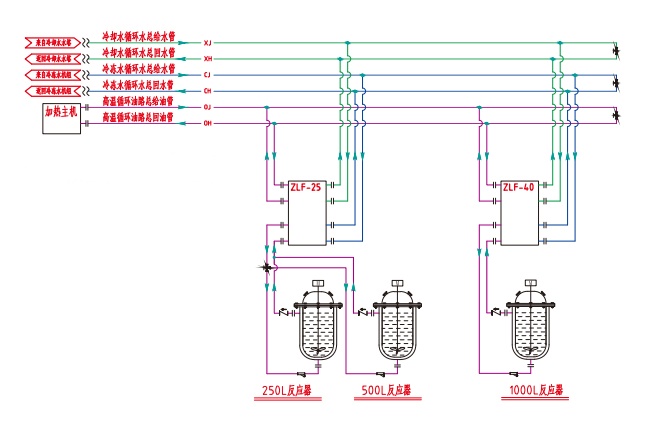
SR series – Using secondary heat exchange

Reactor material temperature control principle
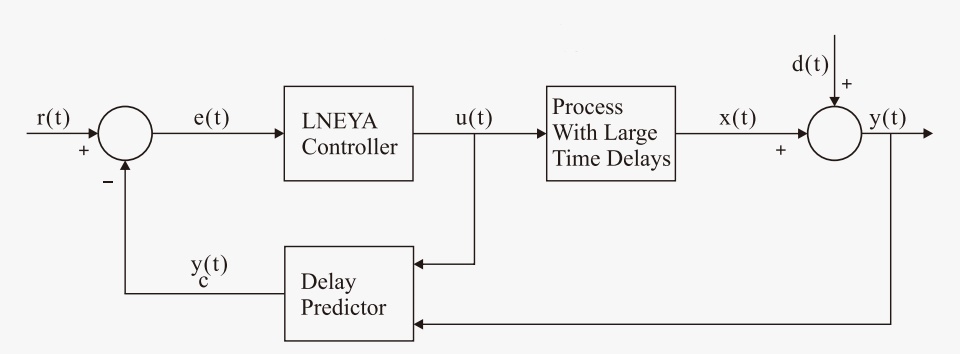
- The method of changing the control setting value can quickly respond to system lag during the process and achieve smaller system overshoot. The control consists of two sets of PID (each set of PID is variable) control loops, which are called the main loop and the slave loop. The control output of the main loop serves as the set value of the slave loop. By controlling the temperature gradient in this way, the temperature control accuracy of the system is ensured. (General anti lag cascade control)
- A specially designed lag estimator (model free self built algorithm) generates a dynamic signal yc (t) as a feedback signal, replacing the process variable y (t). Generate an e (t) signal to the controller to predict that there is no significant lag in the control effect.
- Through three-point sampling (material temperature point, temperature control system outlet temperature, temperature control system inlet temperature), combined with self created model free self building algorithm and general anti lag cascade algorithm, there is no built-in expansion tank.
- MORE
ZLF -45℃~250℃
- Cooling Capacity±0.1℃
Heating Power 25kW~80kW Power range 2.3kW~10.5kW Material accuracy ±1℃
- MORE
SR -120℃~250℃
- Cooling Capacity±0.1℃
Heating Power 25kW~80kW Power range 2.3kW~10.5kW Material accuracy ±1℃
loading…
已经是到最后一篇内容了!
| Model | Temperature Range | Heating Power H | Material Temp Accuracy | Power Supply H |
| ZLF Series | -45℃~250℃ | 25kW~80kW | ±1℃ | 27.3kW~90.5kW |
| SR Series | -120℃~250℃ | 25kW~80kW | ±1℃ | 27.3kW~90.5kW |
Distributed Temperature Control System – Chemical Synthesis Process Control System
DCS automatic control system applies computer control technology, which can make the process operation and parameters of pharmaceutical production scientifically, effectively and strictly monitored and controlled, and realize the continuity and automation of pharmaceutical production.
Establish a full-process quality control system for pharmaceutical production to achieve full-process quality management from raw materials to finished products, making the pharmaceutical production process digital and standardized, with data traceability and early warning functions, and comprehensively improving the quality control level of pharmaceutical production.


Customized TCU-Reactors temperature control units
Scan QR code
Other Temperture Control Units
Chillers (Biochemistry Pharmaceutical Process)
Temperature Control :-120℃~350℃
Temperature control for high pressure reactor;Double-layer glass reactor;Double-layer reactor;Microchannel Reactor;Distillation system;Material aging test;Vacuum chamber etc.
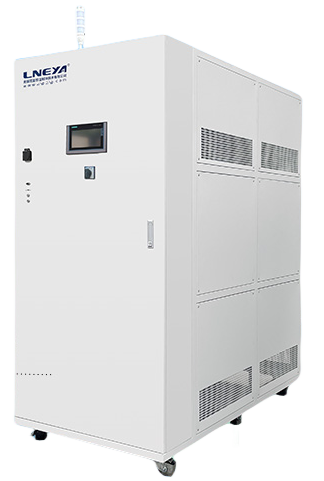
Control Temperature Control Flow Systems(Vehicle/Battery Pack Test)
Temperature Control: -40℃~100℃
Temperature simulation for vehicle quality test: battery life test, fuel injector/motor test bench, airbag test, component test bench, etc. It can simulate the external environmental conditions in the climate chamber or replace the internal system, which can create the necessary actual temperature conditions for the test bench.
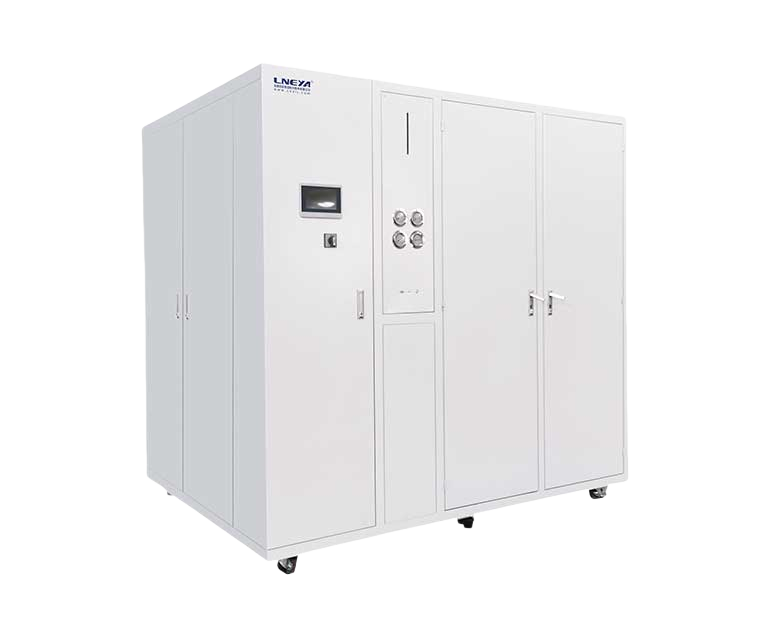
Chillers Heaters Unit(Wafer Production Semiconductor Test)
Temperature Control: -85℃~250℃
Suitable for semiconductor process wet washing, photolithography, etching, chemical meteorological deposition, physical meteorological deposition, and the electronics industry (photolithography process)
 Industrial Chiller Heater Equipment Supplier-LNEYA
Industrial Chiller Heater Equipment Supplier-LNEYA

